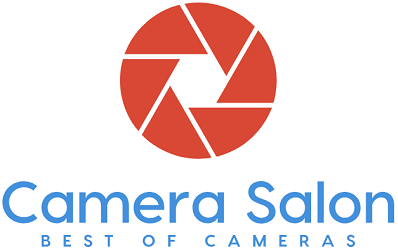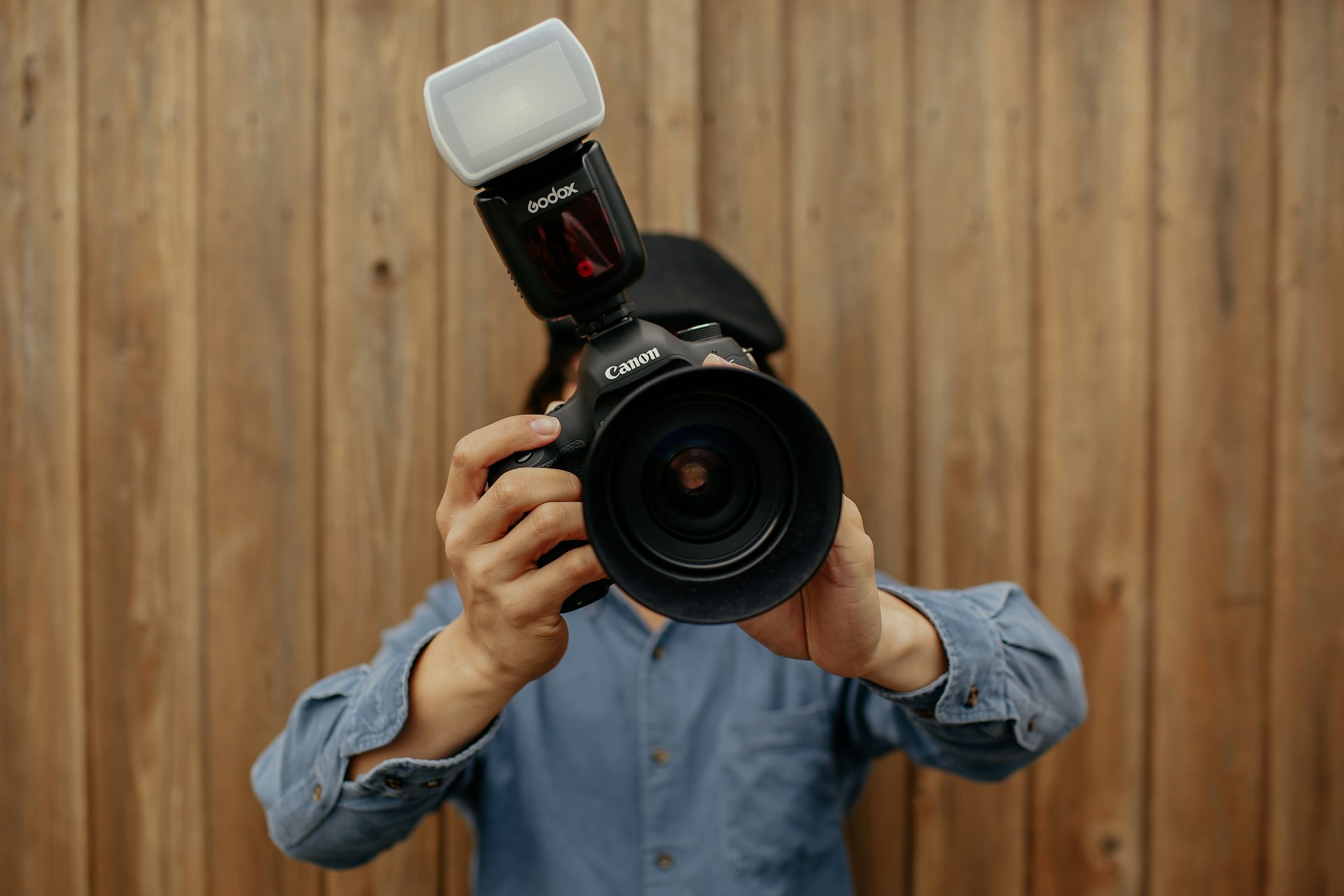Flash is an important camera accessory and comes to your rescue in many situations. Still, many photographers, especially beginners do not know how and when to use flash in photography. You must learn how to leverage artificial light in dimly lit places if you want to become a successful photographer. It can tremendously improve your overall photography skills.
Some photographers are not comfortable using flash. They love to work with natural and soft light but it is next to impossible in low-light situations. As a professional photographer, you must know every trick of the trade including using flash when necessary. It enables you to overcome all challenges and produce beautiful photos in all kinds of conditions.
In this guide, we are going to highlight situations when you should use flash both indoors and outdoors.
When to Use a Flash Indoors?
Indoor photography requires you to have a basic lighting plan in place. You can use a high-end DSLR to capture images in darker conditions. The quality of photos will be good but they will lack the oomph factor. In case of extremely low light, camera shakes will result in blurry images. One solution is to use very high ISOs but it will considerably increase noise. Similarly, it will greatly reduce dynamic range besides destroying the colors. In simple words, you don’t have many options for post processing.
You can resolve all the above problems simply by using a flash. You can either use flash on or off camera. The first option will still produce duller photos while you can create much better and more vibrant photos using the second option. It will also reduce your post processing time.
Make the Flash Your Primary Source of Light
Wedding receptions, balls, parties, churches, etc. have significantly low light compared to the outside. A flash can provide you with more, brighter, and softer light than low ambient light.
It is usually forbidden to use artificial lights such as flashes, light modifiers, and strobes in churches during ceremonies. But – you can definitely use them in other places.
Using On-Camera Flash
The basic setup involves mounting a flash on your camera. It is a perfect arrangement for a room with white walls and ceilings. Bouncing the light off the ceilings will add some nice effects to your photos. You should ideally not bounce the light off the walls if they have another color. Light assumes the color of the surface it is bouncing from. For example, the skin of your subjects will have a nice green shade if the walls are green.
Every serious photographer must also have a bounce card in his bag. It is a small but very useful accessory. Mounting the bounce card on your flash offers a much better source of light than light coming directly from the flash.
Using Off-Camera Flash
You can also place multiple light sources on different sides of the camera to illuminate the place from different angles. For instance, you can make the light shoot or bounce through an umbrella. Similarly, make the other flash as a rim light by placing it behind the subject. The arrangement will deliver brilliant images indoors.
Some modern cameras also allow you to control the flash through remote controls or infrared light.
Use a Flash to Highlight Details
An important aspect of event or product photography is capturing details of the event or products. You have to cover all sorts of events ranging from weddings to real estate, exhibitions, cars, and even bakers and florists.
The success of these events greatly depends on how you photograph those details. You don’t need much light to highlight the details because it is relatively easier to cover stationery subjects. However, the place should at least be semi-lit. You don’t have to use flash quite often in these situations as well.
All you need to have is a camera set to a slow shutter and a tripod. This allows the camera to gather enough light to produce balanced, bright, and crisp photos. However, it is not a good idea to take photographs in haste as it can ruin the details.
Your best option is to illuminate the place properly if you want to reduce your time and capture all the details quickly and that is when you need to use a flash. It is mostly enough to mount the flash on your camera and bounce the light off a wide card. But – you can further improve the lighting by using the off-camera method explained above.
When to Use a Flash Outdoors?
Should I use flash in the daytime? Well, most photographers do not use flash outdoors, especially during the day, at all. After all, why would you use artificial light when you have plenty of natural light to work with? Taking photos in the gorgeous afternoon light is particularly a delight. However, you should consider using flash in some situations even if you are outdoors.
Absence of Natural Light
Bright sunlight can make it a cumbersome task to photograph subjects. But – it becomes even more problematic to take good photos in the absence of sun such as in the later stages of the day. Your camera finds it difficult to gather enough natural light as the day progresses. You need to learn how to set up lights properly in these conditions. You must use artificial lights to expose your subject just like you do indoors.
Shooting in the Sun
You only get a silhouette of your subject when you shoot directly in the sun. It is very difficult for novice photographers to fix this problem. However, the solution is easier than you expect.
You can use a flash as a secondary source of light. It enables you to highlight the underexposed areas of your subject. The metering mode of the camera may be prioritizing the sun because it is the brightest object in the frame. The flash, on the other hand, will expose other areas to create a perfect photograph.
When Shooting Backlit
It is more or less the same as the above method. You can impart more depth to photos and separate the foreground from the background by shooting your subject backlit. Sometimes, the subject is too heavily backlit such as in the case of the sun behind the subject. It overexposes the background and underexposes the foreground which is the side where you are standing. Some photographs use a reflector to get better exposure and balance the image.
The better idea is to use a fill flash. Place a single diffused light away from the camera and you will see the difference.
Creating Beautiful Night Photo Effects
Flash allows you to add more colors and light to night images. For example, you can move around the scene without leaving a trace by using long exposures. Similarly, you can also freeze certain parts of the light around the image by manually using the flash.
You can create many other cool night photo effects using the flash as well.
Use a Flash to Minimize the Reflection of Natural Colors
Natural reflectors such as grass or greenery can impart the same color to the skin of your subject. It can be quite frustrating because removing the effect in the post processing takes a lot of time. What you can do is use fill flash to separate the subject from its surroundings or background. It not only reduces natural reflections but you can also use it to brighten your subject from various angles. Fill flash is also easier to use than reflectors.
Freeze the Motion
Flash in photography is especially useful when shooting in low light outdoors. It can create an extremely cool effect of freezing motion in an image. Just a short burst of light can capture moving things and freeze them forever. Keep in mind that using high shutter speeds for the same effect will render the picture too dark.
Also Read: Where Are Canon Cameras Made?
Frequently Asked Questions
Is it better to use a flash for photography?
You can take beautiful photos without using flash at all. It can even destroy your images if used mistakenly or incorrectly. However, you must know when to use flash in photography because many situations require the use of flash. These include taking photos in dimly lit indoors, highlighting details of events and products, creating cool night photo effects, and minimizing the effect of sun and natural reflectors when shooting outdoors.
Do professional photographers use flash?
Professional photographers seldom use the built-in camera flash. They mostly use studio strobes, external flashes, or other light modifiers to illuminate their subjects.
Do photographers use flash in daylight?
It depends on the preference and shooting style of the photographer. Some photographers hate using flash in the daytime regardless of the situation. Other photographers, love using flash during the day both indoors and outdoors, and in different kinds of situations.
Final Thoughts
I hope you have learned when to use flash in photography after reading this article. You must use flash in some situations if you don’t want to ruin your photos. It is an important accessory and should never be overlooked. It can make or break your images depending on how you use it.

